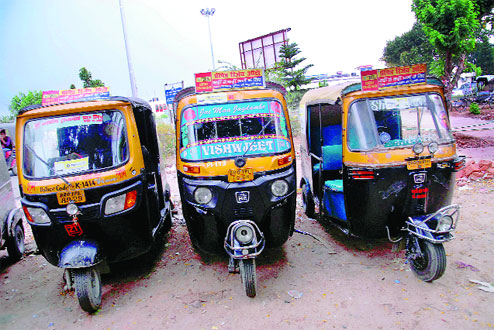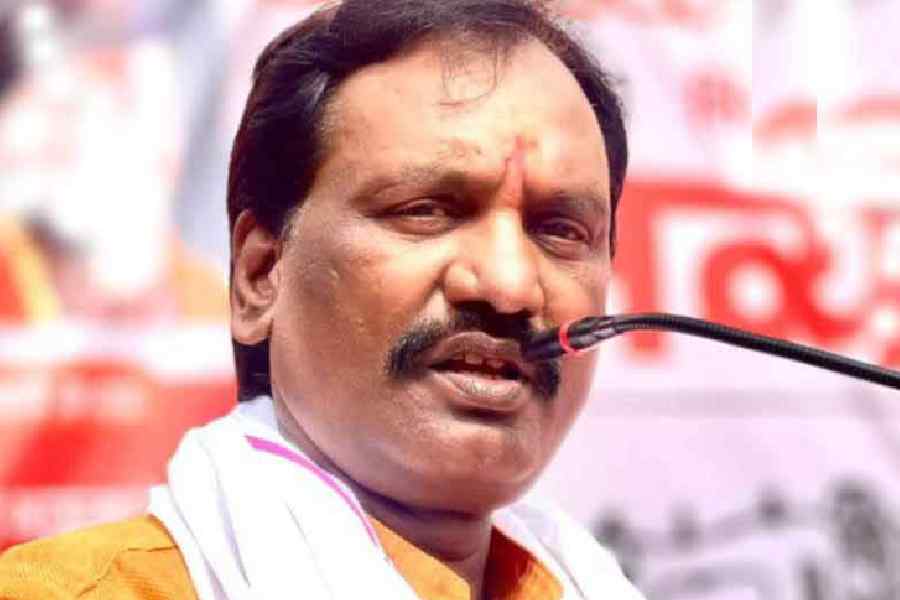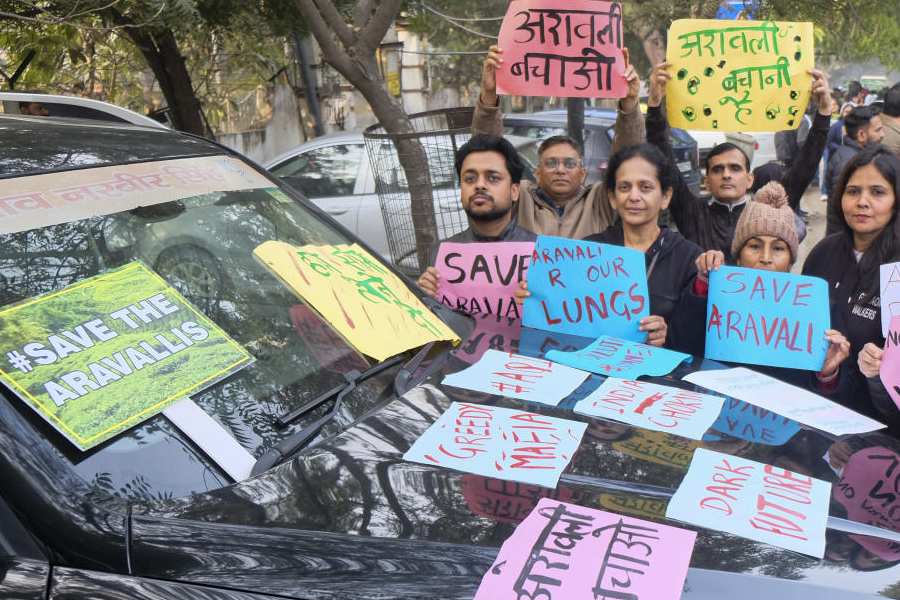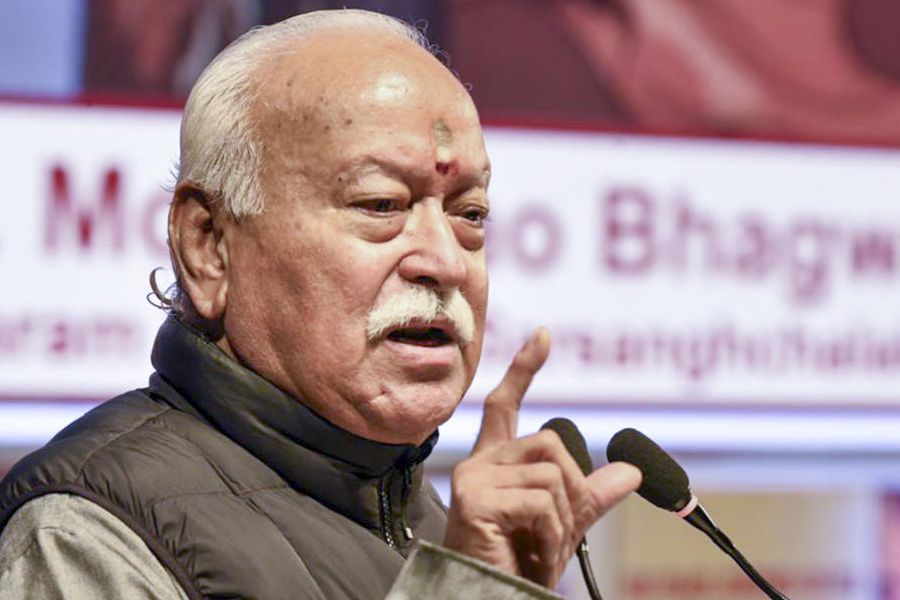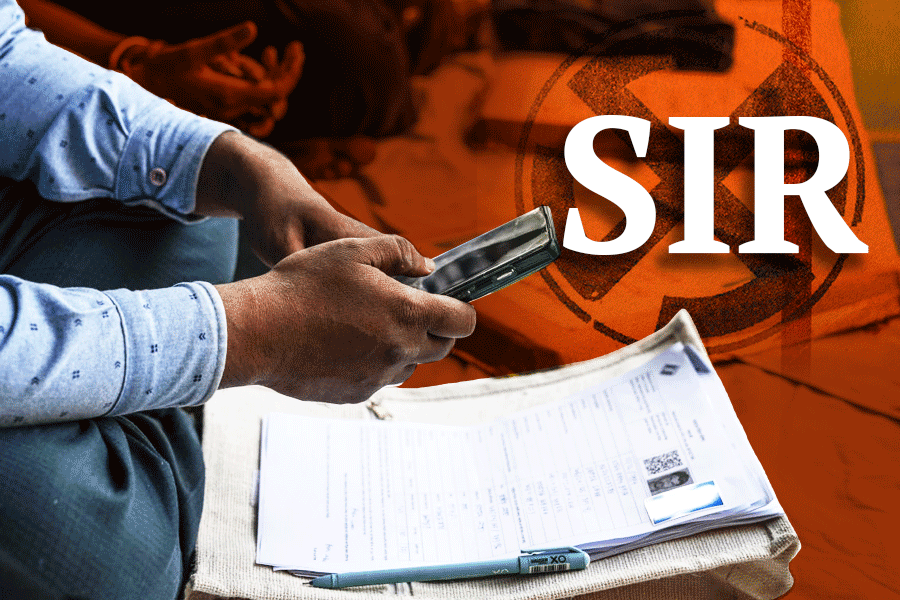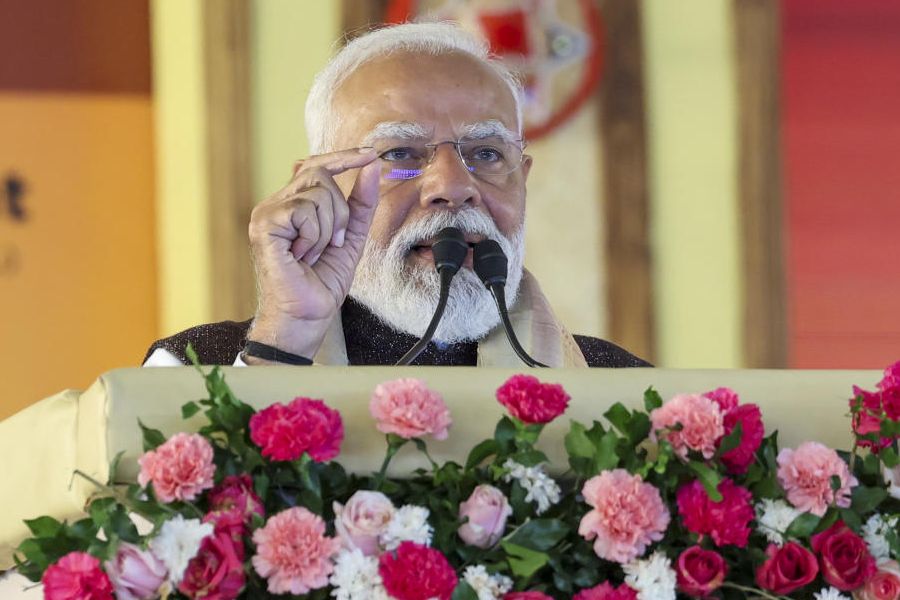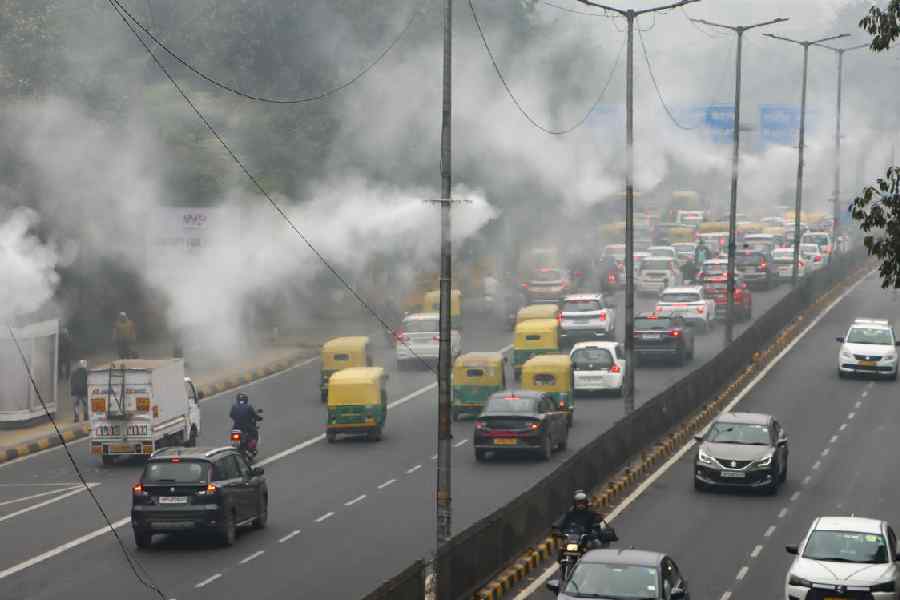
Around 44 per cent rural households in Bihar, which goes to the polls in 10 days, have no electricity.
Electrification, which is packing heat in the Assembly election campaigning, has positioned Bihar on the lowest rung among six eastern states, which includes Bengal, Odisha, Jharkhand, Uttar Pradesh and Madhya Pradesh.
Only 56 per cent households in rural areas in the state have access to power.
Nitish had categorically declared in his 2012 Independence Day speech that he would not seek votes in the 2015 Assembly elections if he failed to improve the energy supply.
A survey, conducted by the Council on Energy, Environment and Water (CEEW) in collaboration with the department of political science, Columbia University (US), in 714 villages across 51 districts in the six states, has revealed that electricity access is most dismal in Bihar despite 96 per cent of its villages having been electrified.
In comparison, the average of electrified rural households for the six states taken together, stands at 68.6
per cent.
CEEW is an independent not-for-profit policy research institution that addresses pressing global challenges through an integrated and internationally focused approach by forging partnerships with public and private bodies.
Among the non-electrified rural households in Bihar, 43 per cent cited absence of distribution infrastructure in the vicinity as a bottleneck, while 57 per cent do not have an electricity connection despite having the grid in the
vicinity. They cited unreliable supply, high initial cost and monthly expenditure, as well as, being unaware of procedural information.
The survey findings released by Union power minister Piyush Goyal earlier this week in New Delhi stated that 80 per cent households in Bihar still use kerosene as their primary lighting source.
It also ranks Bihar’s “electricity access index” at a mere 8.1 on a scale of 0 to 100. The index is a weighted average of population living in four separate tiers divided on the basis of availability of power, its duration and quality.
Uttar Pradesh notches 11 on the index, Jharkhand 11.1, Madhya Pradesh 16.2, Odisha 23.4 and Bengal takes the top position among them with 41.8 on the index.
Abhishek Jain, the research associate and the lead author of the survey, told The Telegraph: “Though we find a replication of issues involving electricity access in almost all the surveyed states, many areas in Bihar need basic electric infrastructure in comparison to other states. The poor quality of power supply and the duration of supply make the matter worse in Bihar and add to the reason behind its poor performance.”
On the duration of power supply in electrified households in Bihar, the survey reports that only 40 per cent of them receive electricity for more than 12 hours, while only 30 per cent receive more than three hours of supply in the evening. It also pointed out that 37 per cent of electrified households don’t pay their electricity bills.
The survey summarises that among the six states, Bihar, Jharkhand and Uttar Pradesh lag significantly in electricity access. Madhya Pradesh has exhibited high levels of household electrification but suffers from poor quality of electricity provision.
It also recommends that the states, based on their current status, will have to focus on their lowest tiers based on the availability of power, and also see to it that infrastructure bottlenecks are dealt with swiftly.

